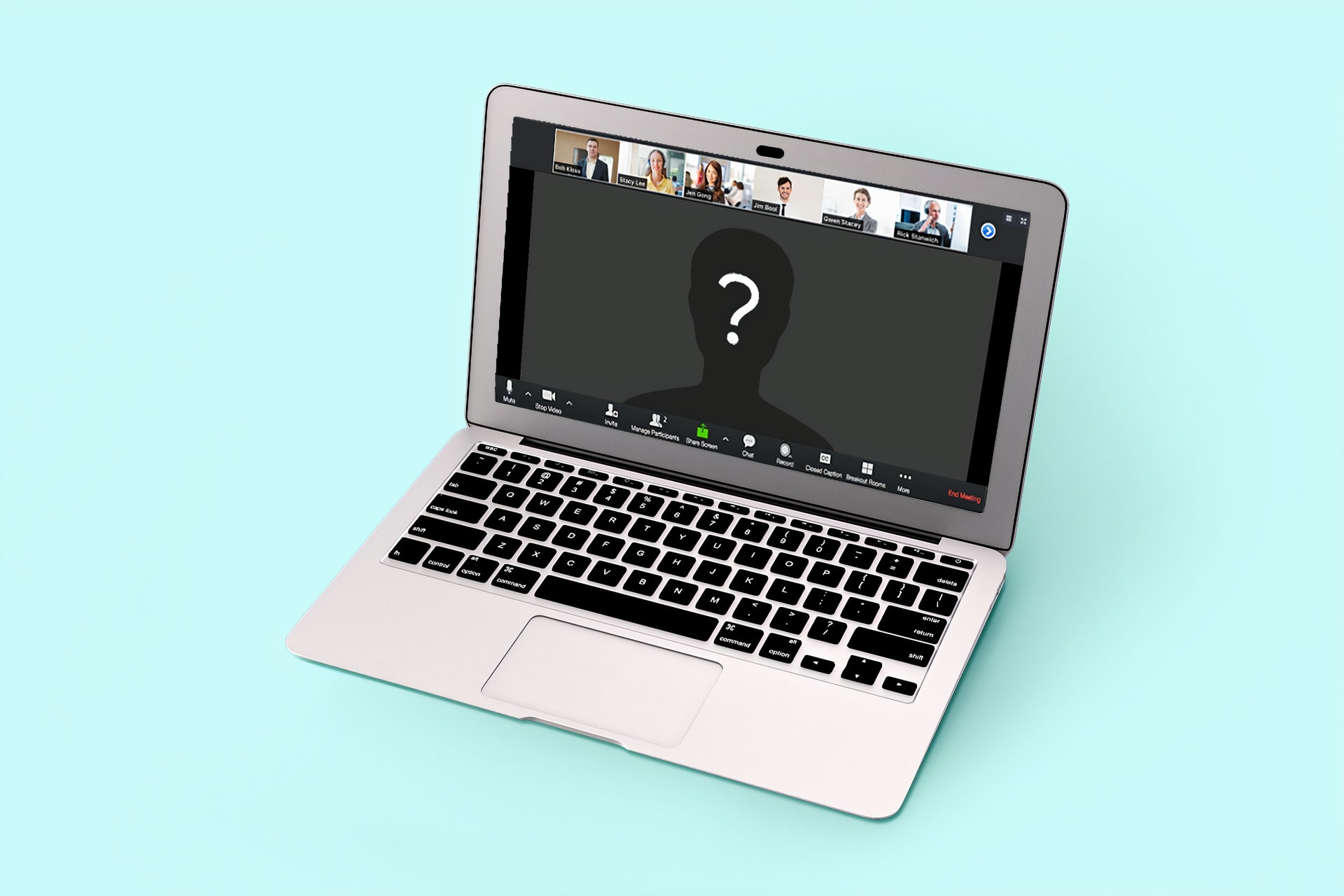In recent years, virtual meetings and conference calls have become more and more popular and the current pandemic served only to expand on this popularity by creating the sudden demand for reliable communication over the internet. While some people may have been taking advantage of the technology for years, if you are like the vast majority of employees finding themselves suddenly working from home, it can be a little daunting to set up and attend conference calls. With your concerns in mind, below we have provided a few useful tips to help you when setting up for your next conference call. Whether you are hosting or simply attending, these tips are essential to a successful virtual meeting.
Test your setup
If you have attended a video conference call in the past, chances are there was at least one member of the meeting who did not have their computer set up properly and either caused huge delays or ended up being a massive distraction throughout the call. For this reason, it is essential that you, and anyone attending the meeting, thoroughly test your setup.
Internet Connection
First things first, your internet connection. You will need a good connection because you will not only be streaming other people’s video during the call, you will also be uploading your own video and audio. A good internet connection is essential and you ideally want to have a hardwired connection to your router via an ethernet connection, or if this is not possible try to be in an area where you have a line of sight with it. If you have a spotty internet connection and you live with other people, consider asking them to avoid streaming or downloading while you are on your call.
Camera and lighting
To test your camera make sure you sit in the spot you plan to use for your meeting, this is important as your lighting can be a big factor in how you look and while you may look fine in one area of the house, you may have shadows cast over you that will result in a poor image. You can test this well in advance by searching the camera app from your start menu.
Audio and microphone
Your laptop will likely have a built-in microphone but it is still typically a better idea to use an external microphone and a pair of headphones. Even something as simple as Apple headphones will work and will almost certainly give you better audio quality than your laptop mic. The headphones are especially important as they will not only make it easier for you to hear, but they will also prevent any unwanted echoes from bouncing back through your mic and annoying the other members in your meeting.
Consider updating your background
One great feature that comes with an online conference call application like Zoom, Skype, and Microsoft Teams is the option to add a virtual background without needing separate hardware like a green screen. These zoom backgrounds can be used to hide sensitive information, keep the inside of your home private, or even just to add a little humor to your meeting depending on the background you choose. Use virtual backgrounds to maintain privacy, professionalism, or to get a laugh from your co-workers.
Plan ahead properly
Planning is important with any meeting, but it is especially important to have a well thought out plan for virtual meetings as they have a tendency to go off track far quicker and easier than when the attendees are all face-to-face. We recommend creating a short agenda and distributing it to anyone attending to help keep everyone on track and focused. This agenda can be time-specific or not, but should at least include the following points:
- Why you are having the meeting
- The key points you wish to discuss
- The overall desired outcome
Use the technology available to you
Aside from virtual backgrounds, there are plenty of other great features available to you when conducting a meeting online. For example, you can use screen sharing to quickly and efficiently share information between groups of people, and you can use virtual whiteboards to discuss topics and brainstorm ideas, just as if you were all in the same room using a physical whiteboard.
Think about recording your meetings
Recording your meeting is incredibly useful and unfortunately an underused feature. While perhaps not the best option for confidential topics, recording meetings can be incredibly useful as a way of keeping notes. It’s also a great way to keep co-workers up to date with current events in the event that they are unable to make it to the meeting itself. Having a recording allows them to stay up to date with absolutely no loss of information.





